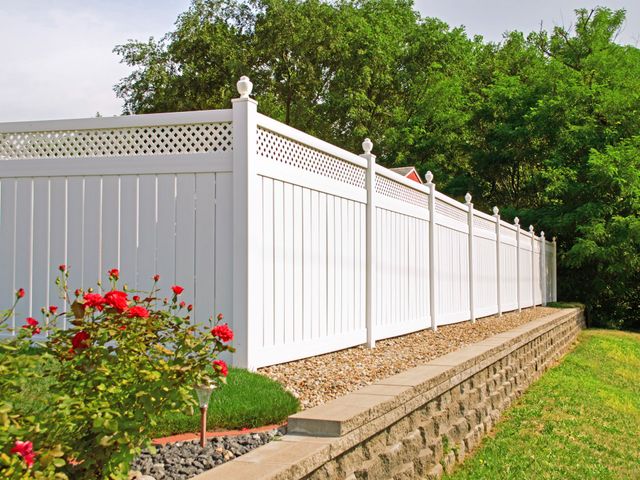Home loans can be very confusing, considering how many different kinds there are. Unless you are a mortgage expert, it can be daunting to wade through the maze of home finance to decide which product is right for you.
To select a loan, it is important to clarify your goals. Are you looking to buy a home? If so, are you planning to occupy it yourself, visit it occasionally as a second home, or rent it out as an investment? Maybe you’ve already bought the property, and are looking to refinance. That means, getting a whole new loan. That is similar to getting the home loan in the first place. Or, perhaps you’d like to leave the original loan in place, but add a second mortgage in the form of a home equity loan or home equity line of credit.
Let’s start with purchasing a home. The cheapest, and most accessible loans are those for owner-occupants. That means, your plan is to live in the home yourself. Lenders trust in the performance of these mortgage loans more than any other because it is presumed that homeowners will always make good on their personal residence loan before investment properties, or those homes they only visit once or twice a year. In theory, when one encounters financial trouble, the last thing they would default on would be the home in which they live. Therefore, these loans boast the best terms and are the easiest to get. Many loan products are available that don’t even require a down payment, and some banks collaborate with government agencies to provide first time home buyer assistance with down payments and a reasonable payment plan for those who qualify.
The next best type of loan program is for second homes. Second homes are also known as vacation homes. These mortgage loans will have slightly less attractive rates than owner-occupant loans, but still better than investment property loans.
Mortgage loans for homes bought for investment purposes are the most difficult to get, and typically carry the least attractive terms. They almost always require a down payment, and the required appraisals tend to cost more. This is because the appraiser must not only provide an opinion of the property’s worth, but also an evaluation of how the unit will fare as a rental. Fewer lenders overall are willing to finance investment homes, and those who do may require additional qualifications for the borrower, such as minimum two years’ landlord experience. These loans are considered riskier because of the increased likelihood of an investor “walking away” (foreclosure) from the house if it fails to produce rental income or if uninterested or unable to continue making payments. Sometimes the expensive *mortgage rates* that accompany these loans can be lowered by putting a larger amount of money down, which reduces the lender’s risk.
If you have a loan in place already and are looking to refinance, there are two basic types of home mortgage refinancing [http://lasertargeted.com/mortgage/home-mortgage-refinancing-contract.html]. One is rate and term, which lowers your interest rate and extends the due date on the loan (the amortization starts all over again, which extends the time you have to pay off the property). This is a great way to take advantage of rates that are lower than when you originally took out your loan. A rate-term refinance loan amount is just enough to repay the balance of the existing mortgage, although there will be some closing costs rolled in (this will vary from loan to loan, ask your mortgage broker or lender for details).
If your intention is to pull cash out of the home, a cash-out refinance can do this if there is enough equity in the home to meet the lender’s LTV (loan-to-value) requirements. Not all homeowners will be eligible to get cash out, depending on what is owed on the home and its current value. This type of refinance will increase the loan amount by the amount that is pulled out, plus closing costs, and may result in higher payments.
Adding a second mortgage may present an alternative to a cash-out refinance. This also requires that there be enough equity in the home to add another lien without compromising the lender’s LTV requirements. A home equity loan provides the cash all at once, and generally carries a fixed rate. A home equity line of credit (HELOC) can be used as needed, with payments only being due on the amount used. HELOCS have adjusting rates. Both kinds, because they are 2nd mortgages, have higher interest rates than a first mortgage. This is due to the increased risk to the lender. In the event of foreclosure, the first must get paid off before the second, so the lender must price their products accordingly.
Before obtaining any kind of mortgage financing, seek the advice of a home loan professional and make sure you get all your questions answered. There are many loan products available, so choose the one that best fits your needs.







